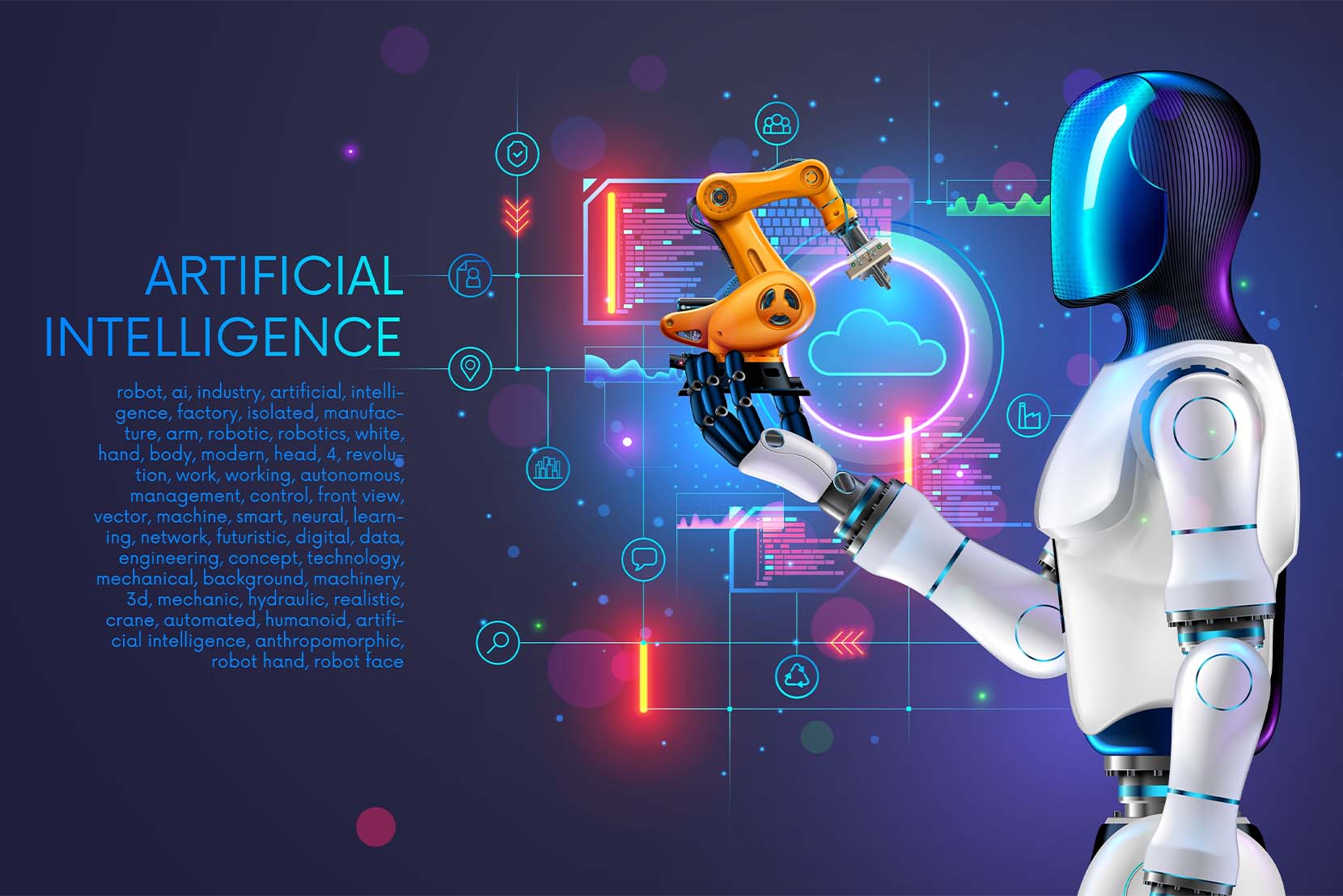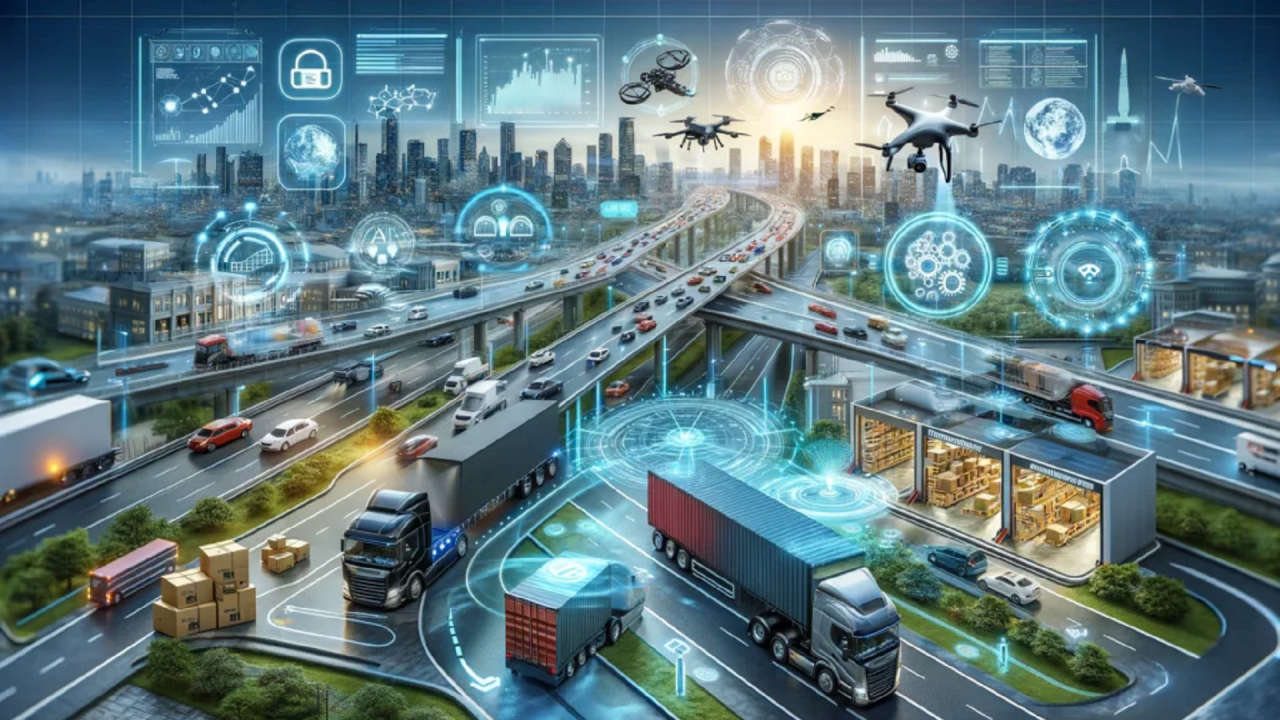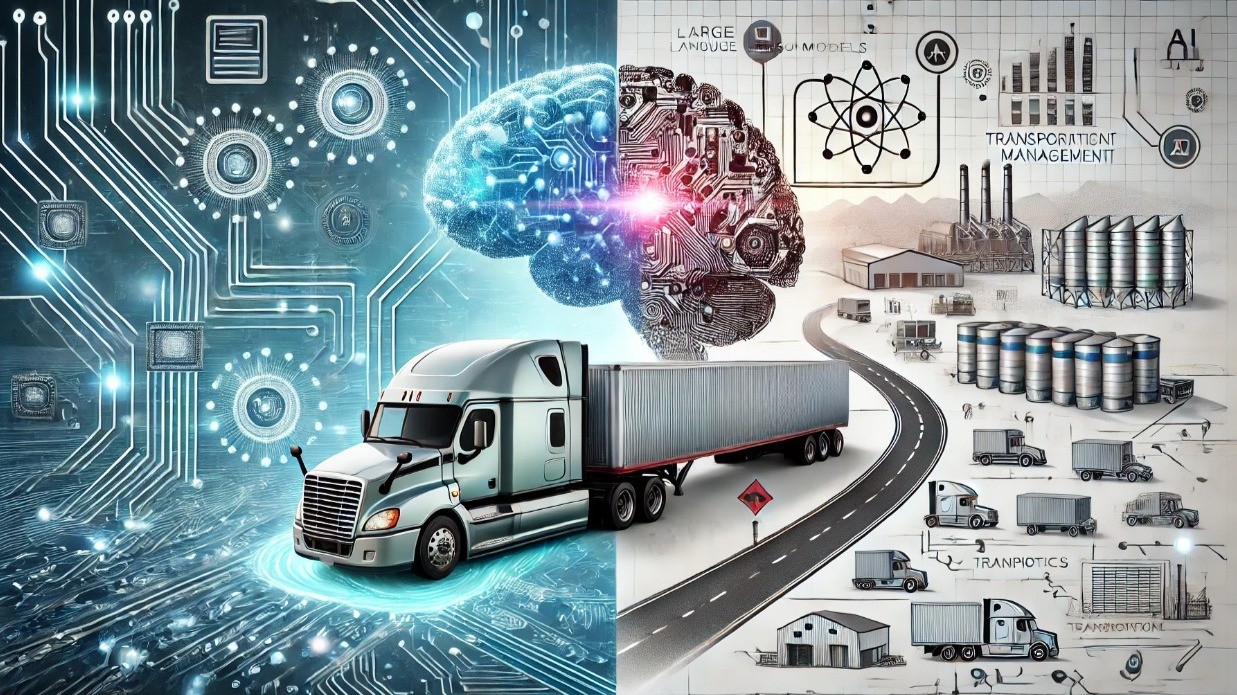Artificial Intelligence (AI) is rapidly transforming the transportation industry. Understanding how AI is shaping the future of travel and mobility helps businesses and individuals prepare for the next generation of transportation solutions.
What is AI in Transportation?
AI in transportation involves using intelligent algorithms, machine learning, computer vision, and real-time data analysis to improve the efficiency, safety, and reliability of transportation systems. AI powers advancements in autonomous vehicles, traffic management, predictive maintenance, and smart logistics.
How AI Works in Transportation
AI systems collect and process data from sources such as GPS, sensors, cameras, and vehicle-to-infrastructure communication. By analyzing this data, AI can make real-time decisions, optimize routes, predict traffic congestion, and even operate vehicles without human intervention.
Key AI Techniques Used
Machine Learning: Helps vehicles and traffic systems learn from vast amounts of driving and traffic data to improve performance over time.
Computer Vision: Enables vehicles to interpret visual information from their surroundings, including road signs, pedestrians, and other vehicles.
Predictive Analytics: Uses historical and real-time data to forecast traffic patterns, vehicle maintenance needs, and delivery schedules.
Natural Language Processing (NLP): Supports voice-activated controls and real-time communication between drivers and smart systems.
Benefits of Using AI
AI enhances road safety, reduces traffic congestion, optimizes fuel efficiency, and improves public transportation services. It enables the development of autonomous vehicles, smarter logistics, and seamless travel experiences.
Limitations to Keep in Mind
AI in transportation faces challenges such as regulatory hurdles, ethical concerns, cybersecurity risks, and the need for robust infrastructure. Autonomous systems must be carefully tested to ensure reliability and safety.
Conclusion
The future of AI in transportation promises smarter, safer, and more efficient mobility solutions. By combining AI technology with careful planning and human oversight, the transportation industry can move towards a more connected and intelligent future.







Leave feedback about this